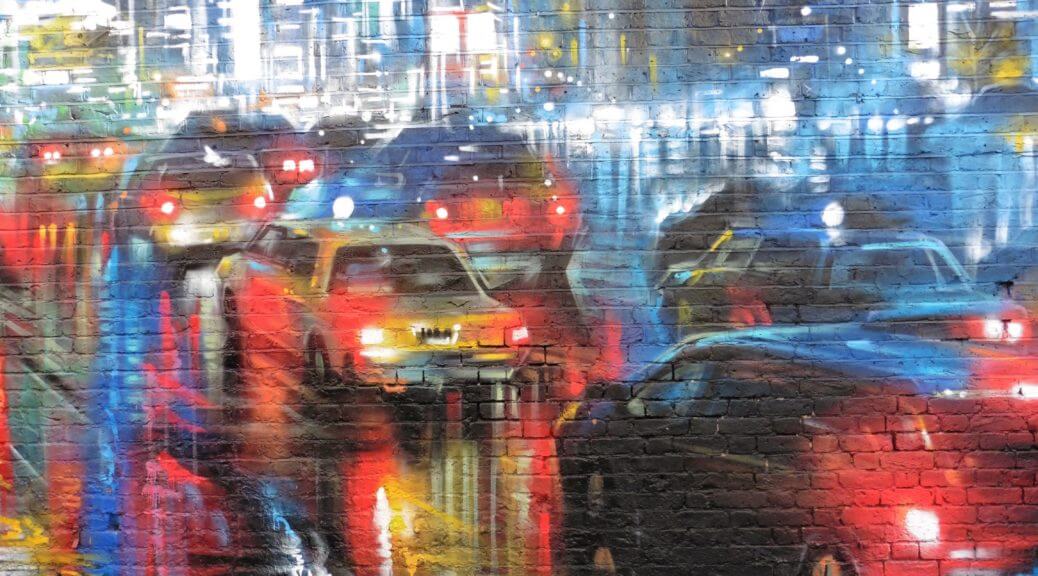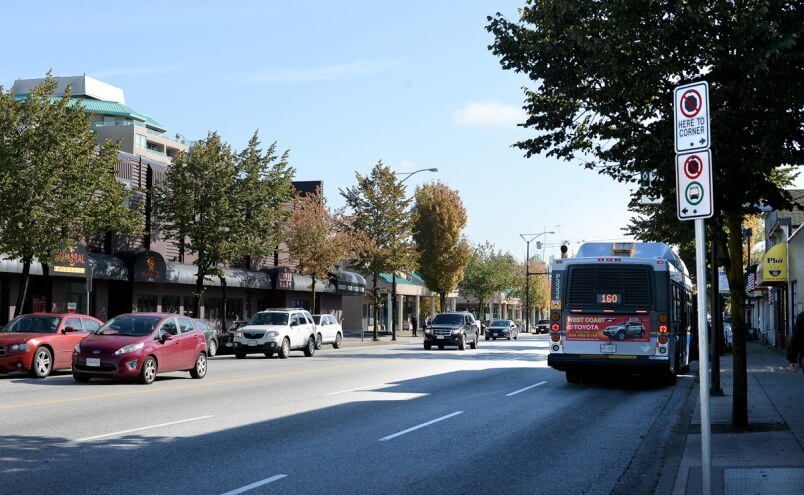Today’s guest on Economics Detective Radio is Chuck Marohn, founder and president of Strong Towns.
Strong Towns is a non-profit that seeks to reform America from the ground up, starting with its towns and cities. It aims to promote healthy local economies by improving local governance.
The Growth Ponzi Scheme
Chuck began recognizing the problems in America’s towns and cities when he was working as a civil engineer. He recounts a story of working in a little city in central Minnesota in the late 1990s. The city had a 300-foot pipe that had cracked, allowing ground water to leak in and overflow their treatment facility. Chuck proposed a $300,000 solution to fix the pipe. However, this was a tiny town with an annual budget of $85,000. So Chuck went to higher levels of government (the federal government, the USDA, etc.) to find someone to fund the project. They all said, “This feels like maintenance. We don’t have money for maintenance, so you need to pay for this yourself.” Since the feds would only fund expansion projects, Chuck devised a plan: He would propose the largest expansion project he could, then repair the pipe as part of the expansion. This wasn’t so much deviousness on his part as it was standard practice in his profession. He designed a couple miles of new pipe, doubled their treatment facility, and as part of that he included repairs for the old pipe. This new project cost $2.6 million.
Everyone was happy about this project. The grant agencies were happy. The legislators issued glowing press releases and held a big ribbon cutting. Chuck got a big bonus from his company. The city was ecstatic. The only lingering problem was that this tiny city that couldn’t afford to maintain 300 feet of pipe would now be left with a few miles more pipe and a larger treatment facility.
This is an example of one part of what Chuck calls the Growth Ponzi Scheme. This is when cities and towns expand in ways they can’t maintain without further expansion.
There’s a political reason why things like this happen. Building new infrastructure is very politically appealing. You can build a new highway and name it after a prominent politician, you can have a big ribbon-cutting ceremony, and you can get all sorts of good press for the project. Maintenance is less sexy; you close down a lane of some existing highway, delay everyone’s commute, and then you don’t have a ribbon-cutting or positive press for all the potholes you filled in. That’s why higher levels of government have been paying for big projects and passing off the responsibility for maintaining them to local governments. These local governments become insolvent when the revenue from the initial big project runs out and the maintenance expenses come due.
This process leads to a form of development where the local tax base is not sufficient to pay for the infrastructure that supports it. When the expansion can’t go on any longer, the infrastructure crumbles, the affluent people leave, and the community ends up locked in poverty.
What’s Wrong with Big Box Stores?
Embracing this form of unsustainable growth has made our cities less dense and walkable. Instead we have heavily subsidized driving as a means of getting everywhere. One consequence of this has been the rise of big box stores.
The public debate on big box stores tends to miss the mark. The left says big box stores crowd out local businesses, which is true. The right says they pass the market test, offering lower prices and thus improving poor people’s standard of living, which is also true.
What both miss is that these big box stores only pass the market test because they don’t bear the costs of the infrastructure needed to support them. By subsidizing infrastructure, and by building our cities to be spread out and unwalkable, we make bringing groceries to the people unviable. Instead, the people drive to where groceries are.
In addition to the rise of big box stores, we’ve seen the demise of small town living. While small towns still exist, they used to have enough small businesses, shops, and grocers to allow a full and comfortable life without leaving the town. Today, small town life consists of driving to the regional hub, perhaps multiple times every week, to get many of your necessities.
What’s Wrong with Hastings Street?
Chuck coined the term “STROAD” to push back against the interchangeable use of the terms “street” and “road.”
A street is where value lives. Homes and businesses locate themselves along streets so that they can be connected to rest of the transportation network, but the street itself features narrow lanes, low speed limits, and good sidewalks because it’s designed more for pedestrians and less for vehicles.
Roads, by contrast, are not meant to be valuable locations in themselves; they are optimized for transporting large volumes of traffic over long distances. They feature wider lanes and faster speed limits.
STROADs are an unhappy blend of both elements. Wide lanes and low speeds make them bad for both pedestrians and drivers. One example of a STROAD is Hastings Street in Vancouver, which tries to be a major thoroughfare for thousands of commuters during rush hour, while still catering to the many businesses along its ten-kilometer span.
Because of its high volume of traffic and many stop lights, motorists can expect to average just twenty kilometers an hour on their commutes to downtown Vancouver.
Gentrification as Part of an Organic System
Chuck wrote an article titled “The Gentrification Paradox,” in which he argues that gentrification was actually a healthy part of urban development in the pre-automobile age:
The pre-automobile development pattern was an organic process. It was both incremental and complex… Gentrification—investment followed by displacement—was part of the natural order of things and, as with any organic system, it had a positive role in making things work for everyone.
Before the twentieth century, cities would gradually grow and change over time. But we’ve used zoning laws to turn our neighbourhoods into unchanging time capsules. Cities used to be antifragile, to borrow a term from Nassim Taleb.
In the past, poorer people would buy property on the outskirts of town, on which they would live and run small businesses. Over time, as the city grew, these outskirts would gradually come to be incorporated into the urban ecosystem. These properties would become more valuable and they would grow with the community, perhaps adding a second storey and expanding the business.
You couldn’t do this today. Building codes and zoning laws make any new development into a million-dollar endeavor. People with very little capital can’t start with a small property and gradually increase its value over time. This makes the modern form of urban development much less equitable than it was in the past.
Download this episode.
Subscribe to Economics Detective Radio on iTunes, Android, or Stitcher.


